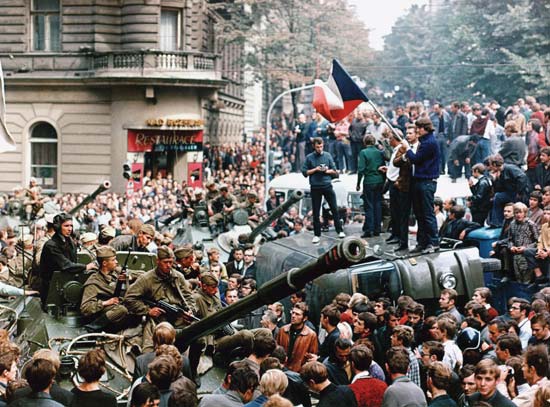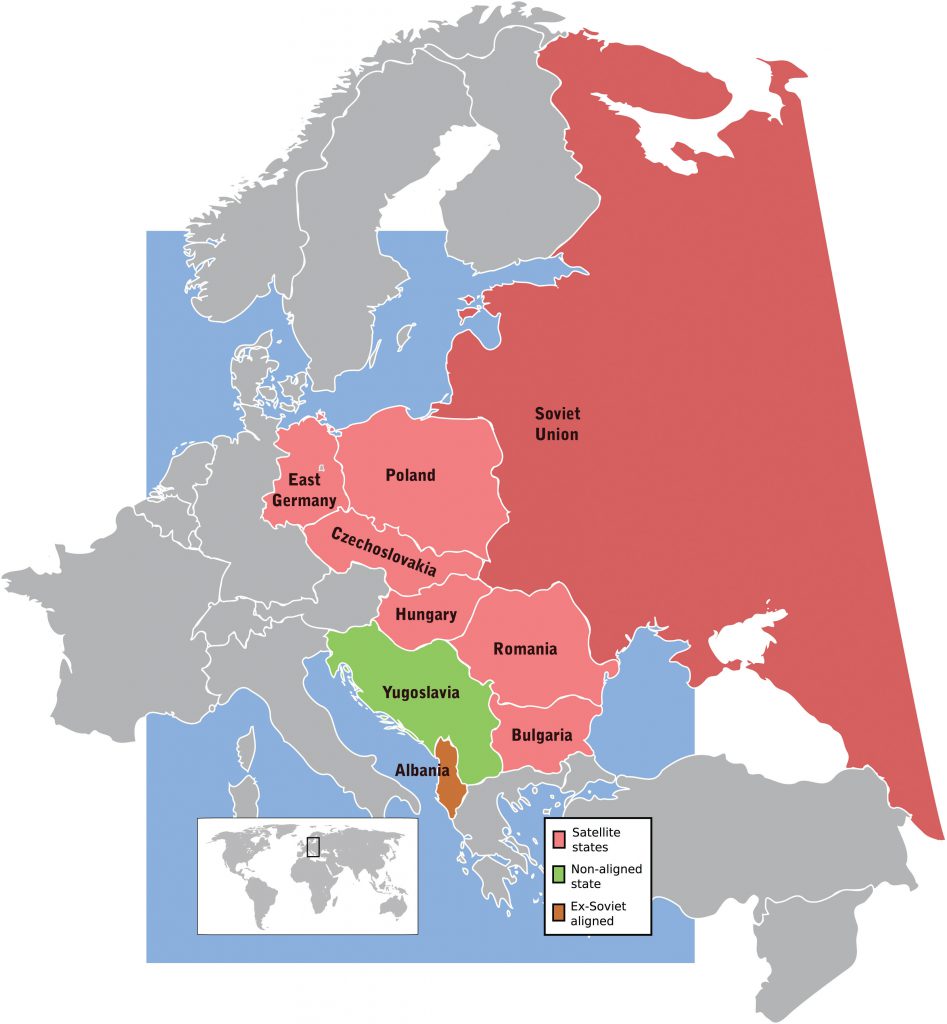
The Prague Spring was a short period of liberalization in Czechoslovakia under First Secretary of the Czechoslovak Communist Party, Alexander Dubček in 1968. Beginning on January 5,1968, Dubček allowed for freedom of speech, acquitted victims of Stalin’s purges, gave Slovakia autonomy, and planned to democratize the Czech government. Despite Dubček’s assertion that he would be able to control the country, the Czech people demanded faster, more radical transformations. The Soviet Union and other countries under the Warsaw Pact saw this reformation movement as dangerous to their own interests and did not trust that Dubček could maintain stability. On August 20 of the same year, the country began to be invaded and occupied by the Soviet Union and other Warsaw Pact countries. Stricter communists were later put into power, the reforms were reversed, and Dubček was forced to resign as First Secretary in April 1969.
The exhibit consists of three resource pages and a photo gallery. Links to the pages and the photos can be found below. Please click on the heading in red to view the pages on publications, fictional materials, online and video resources, and photographs.
Books and journal articles written at the time of the movement or reflecting on it.
Films, fiction, and other materials centered around the events of the Prague Spring.
Photos taken during the Prague Spring and Warsaw Pact occupation of 1968.
Links to online resources and documentaries on the Prague Spring.
*Image from David J. Trowbridge. A History of the United States Vol. 2. Irvington, NY: Flat World Knowledge, Inc., 2012.
